The breathtaking landscape of Canada is best wrapped in its awe-inducing national parks. Amongst the long list of over 100 parks, here are 8 hand-picked gems that you must visit.
Canada is all about its sprawling cities, a vast swath of wilderness, sky-high mountains, and elongated coastlines. The geography is enchanting and grand. And much of Canada’s stunning landscape is dotted by gorgeous national parks. The county is home to some outstanding scenic parks that add a unique characteristic to this cool culture. It offers endless opportunities to both nature lovers and outdoor enthusiasts.
Beautiful National Parks in Canada, which are likely to blow your mind
Jasper National Park (A park for adventure lovers) -Alberta
Best time to visit: June to August and December to March
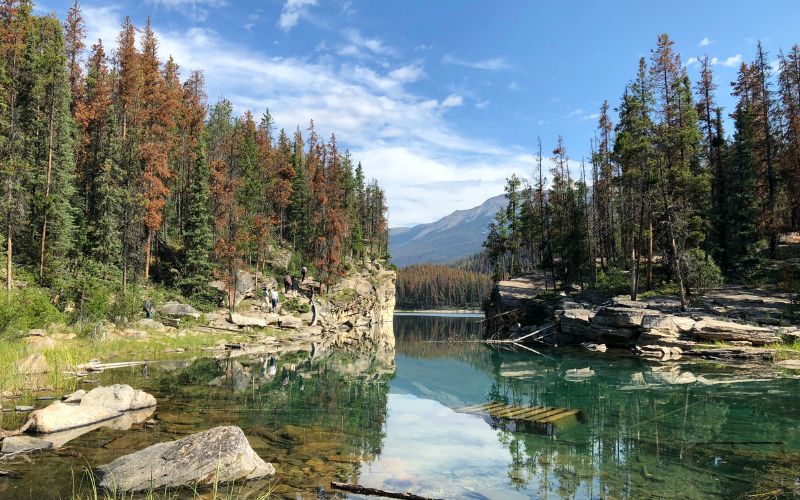
Defined by glaciers, mountains, waterfalls, canyons and lakes, Jasper is the largest national park in the Canadian Rockies. Established in 1907, and declared as UNESCO Heritage Site in 1984, this park is filled with outdoor recreational activities. Get a bird-eye view on the strolling by SkyTram, immerse in nature on Maligne Lake Cruise, take a picture on Glacier SkyWalk, go on a family rafting session and hike around five spellbinding lakes. Get up close, and personal with the greatest variety of species, from animals like mule deer, cougar, black deer to birds like golden eagles and spruce grouses.
Yoho National Park (A park for nature buffs) -British Columbia
Best time to visit: Late June/early July
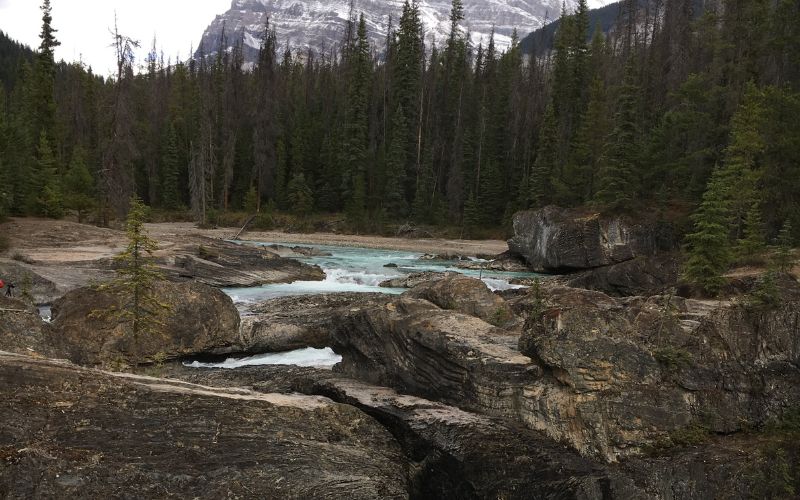
Perched along the western slopes of the Canadian Rocky Mountains, Yoho is a tiny park that brings every nature delight within reach of casual visitors and seasoned backpackers alike. It is here you can spend quality time in the peaceful and picturesque ambience with family and friends. You can catch all major highlights in a day but can also easily devote more days here. Join in the high elevation trails, gaze from the Lower Spiral Tunnel Viewpoint, capture river undercutting through a solid piece of rock. The green-blue water of Emerald Lake offers canoeing, hiking and sightseeing.
Prince Edward National Park (A park that has scenic backdrops) – Prince Edward Island
Best time to visit: July to August
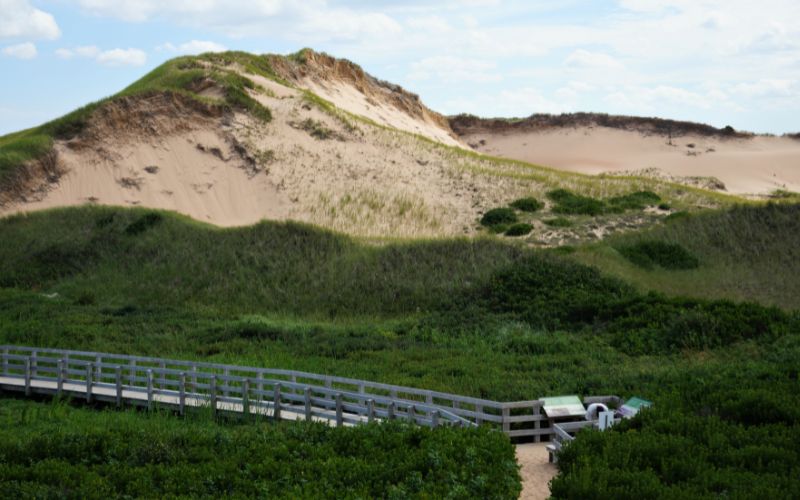
Known for vantage points, sandy beaches and lush greenery, Prince Edward Island National park is one of the inarguably loved places and the best national park in Canada. The water in Cavendish beach is perfect in summers, the Cavendish Dunelands Trail has photographic scenes, and the Gulf of St. Lawrence has awe-inspiring landscapes. Since it is on an island, there are several gorgeous beaches to get you closer to the horizon, sunbathe and observe the water hitting against rocks.
Fundy National Park (A park with extraordinary activities) -New Brunswick
Best Time To Visit: June, July and August
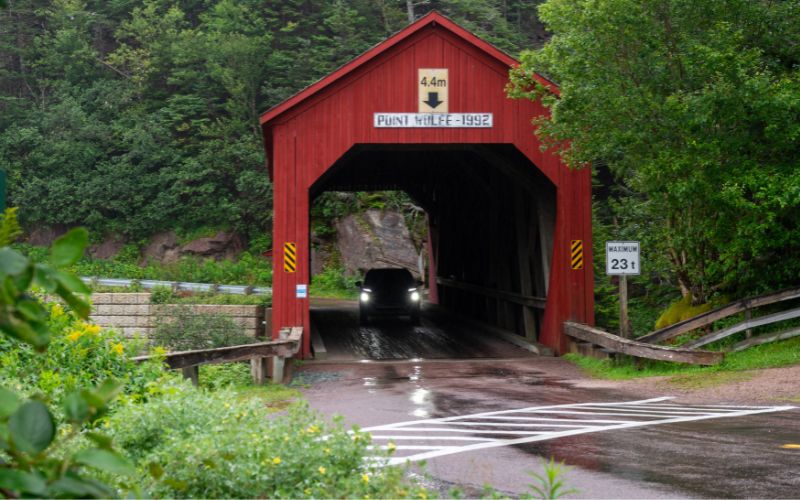
Looking for a park that allows exciting camping experience, walking through printing forests or kayaking on waters that rise up to 12 metres? Located between the major cities of Saint John and Moncton, Fundy National Park is your ideal escape. You get the chance to venture into trails that end to waterfalls of Acadian forests. But that’s not it- here you will discover the world’s highest tides, luxurious campgrounds and a flavour of Atlantic Canada culture by visiting the village. People can enjoy a personal expedition to swim and golf.
Gros Morne National Park (A park with soaring peaks) -Newfoundland
Best time to visit: May-October; November-April
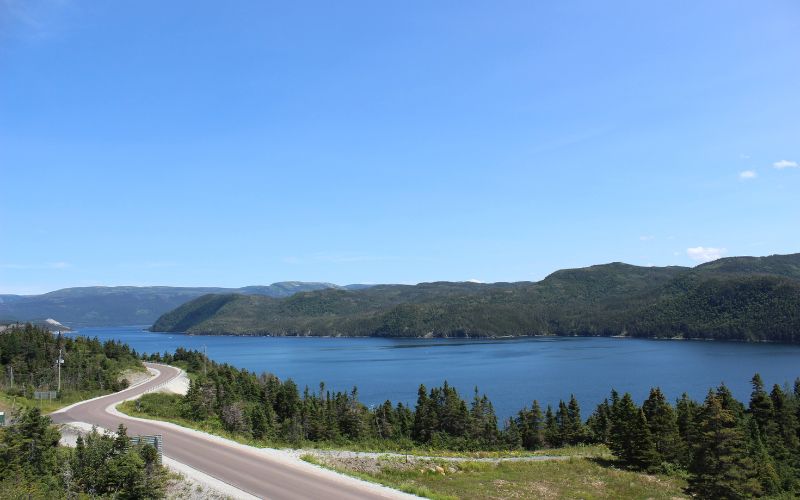
This is another UNESCO World Heritage Site and the second largest national park in Atlantic Canada. What makes it unique is it has preserved oceanic crust and mantle that was brought into existence millions of years ago during tectonic plate collision. Challenge yourself for 5 trails, two days of hiking and 20.5 km of travelling that unleashes the beast in you. Let your feet dance to the hike on Tablelands, be amazed by the views at Pond Cruise, conquer the world at Gros Morne Mountain and participate in the Lookout Hills Trail. It boasts common wildlife like red foxes, black bears, red squirrels and beavers.
Pacific Rim National Park (A park with nature- wild and pristine) -British Columbia
Best time to visit: Between mid-June and mid-September
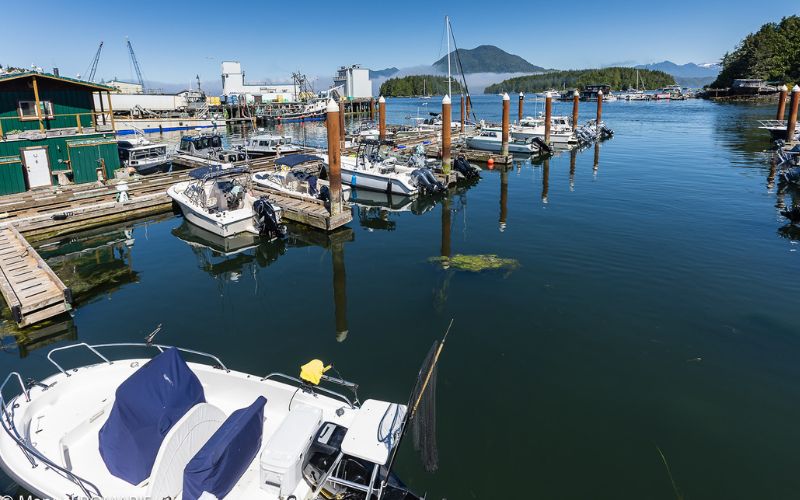
Over a million people visit this amazing park each year. Opened in 1970, this park helps you to explore the wonderful West Coast lifestyle. It is a crowd-puller because of its white water beaches and great options for adrenaline junkies. Surf on the unpredictable beauty of Long Beach, watch storm brewing at Kwisitis Visitor Centre, plan a getaway at Broken group Islands, get a cold bath at Combers Beach, be ready for Rainforest Trail and eat and relax at the West Coast trail. It is definitely well worth the time to slow down and stay a while to get to the heart of what makes the Pacific.
Gwaii Haanas National Park Reserve (A park of cultural and ecological significance) – British Columbia
Best time to visit: June to September
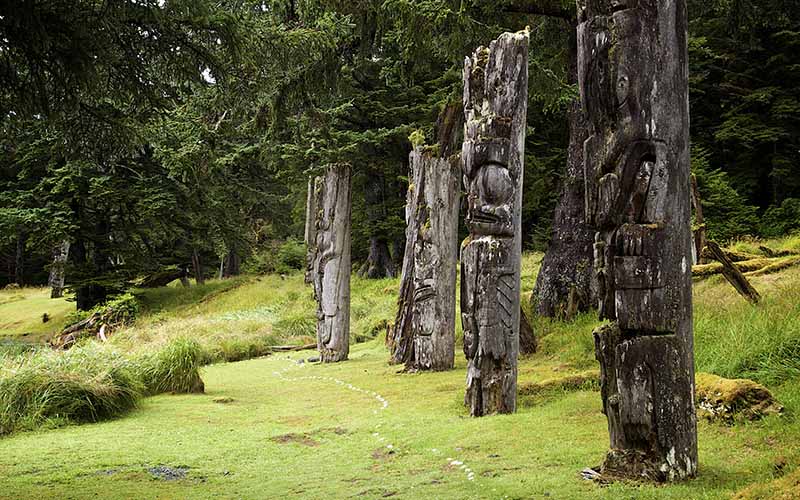
Located in the southern part of Haida Gwaii, Gwaii Haanas National Park Reserve is a remote wilderness that blends natural beauty with rich indigenous culture. This park protects an archipelago of 138 islands, showcasing diverse ecosystems from the seafloor to mountain tops. Visitors can explore ancient Haida village sites, including the UNESCO World Heritage Site of SGang Gwaay, marvel at towering totem poles, and witness abundant wildlife such as whales, sea lions, and bald eagles. The park offers unique opportunities for kayaking, hiking, and cultural experiences.
Banff National Park (A park with a variety of things) -Alberta
Best time to visit: May -September
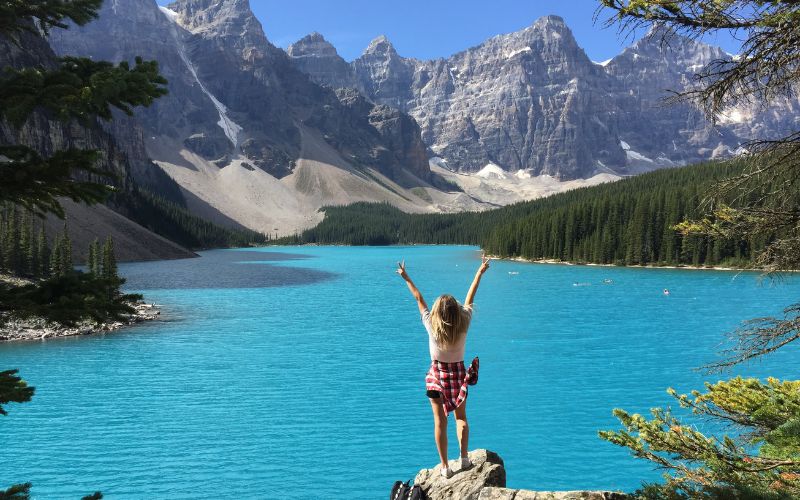
One of the best places to visit in Canada, Banff National Park is the oldest national park in the country and the third oldest in the world. From the thrilling Gondola ride to colourful Banff town discovery, this is one of the coolest sites in North America. You are going to fall head over heels with this place- eat on the rooftop, walk on the Glacier, unwind in the natural hot spring, hike around the downtown Banff area, travel across the amazing Cave and Basin historical site, and admire the Wapta Falls. The most important recommendation, do not miss the ‘fake looking, still real’ Peyto Lake.
Thousand Islands National Park (A park with a splash of fun) – Ontario
Best time to visit: March, April and May
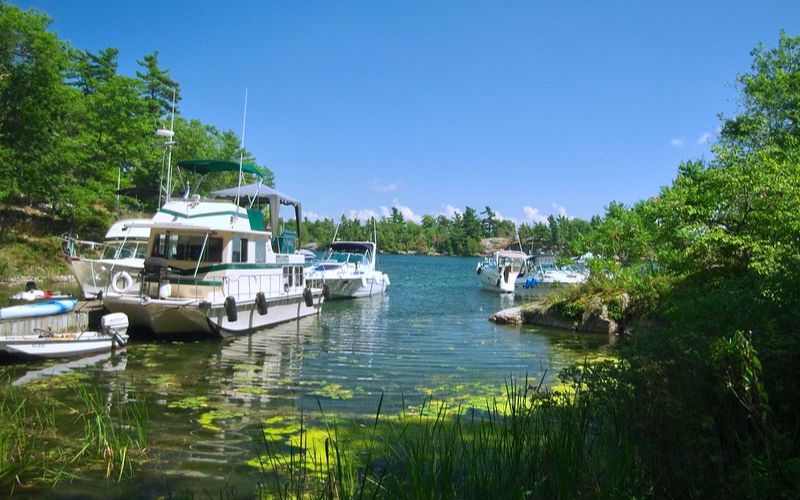
This is one of the smallest national parks of Canada and is home to 20 plus granite islands, several inlets and mainlands. Tucked on St Lawrence’s River, it offers a cornucopia of choices for its visitors. You can go on a cruise, and engage in other water sports like scuba diving, swimming, fishing, boating and paddling. There are other options for sightseeing, like the Visitors Centre, wildlife viewing and hiking.
Coquihalla Canyon Provincial Park (A park with historic tunnels and scenic canyons) – British Columbia
Best time to visit: Late spring to early fall
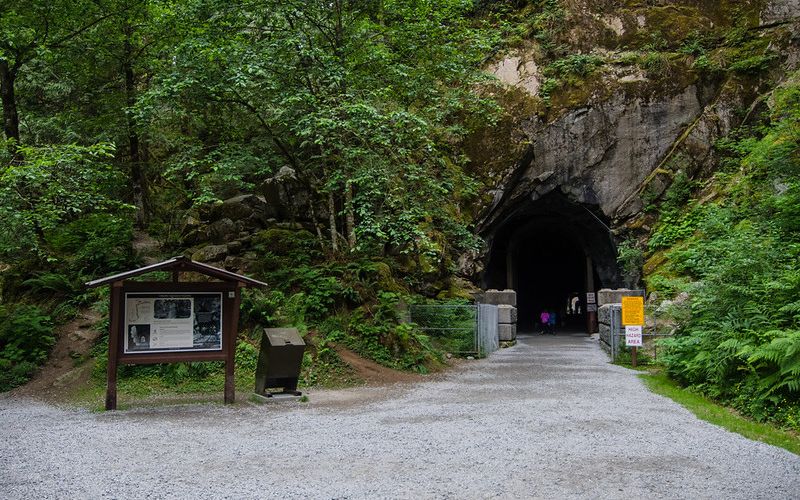
Coquihalla Canyon Provincial Park is a unique gem nestled in the Cascade Mountains near Hope, British Columbia. The park is renowned for its Othello Tunnels, a series of old railway passages cut through solid granite cliffs. These tunnels, part of the historic Kettle Valley Railway, offer visitors a fascinating blend of natural beauty and human engineering. The park features an easy 3.5 km round-trip trail that takes hikers through the tunnels and along the rushing Coquihalla River, providing stunning views of the narrow canyon. With its rich history, dramatic landscapes, and accessible trails, Coquihalla Canyon Provincial Park is perfect for history buffs, nature lovers, and families seeking a memorable outdoor experience.
Mont-Tremblant National Park (A park with a recreational area) — Quebec
Best time to visit: Late February and early March
The first national park of Quebec, Mont Tremblant National Park is a large outdoor recreation area located in the southern part of Quebec. It is well-known for its six rivers, four hundred streams lakes, beautiful Laurentians peaks, canoe routes, and sandy beaches housing over 40 species of mammals. It is one of the best national parks in Canada and features a great park for recreational activities. There are eighteen different hiking trails spanning over eighty-two kilometres, a series of spectacular river routes (the Meandres de a Diable route from Lac Chat to Mont de la Vache Noire) for canoeing enthusiasts, and hundreds of camping spots. The park also has two supervised and serviced beaches: Cremaillere Beach in the La Diable region and Lac-Provost Beach in the La Pimbina sector.
Grasslands National Park (A park with a unique mix of grass prairie ecosystem) — Saskatchewan
Best time to visit: May, June, September, and October
Grasslands Nationa Park, situated in Saskatchewan is the first and only park in Canada to preserve and represent the mixed-grass prairie ecosystem. And this ecosystem is a haven and home to animals such as black-tailed prairie dogs, bison, and short-horned lizards. The park is best known for stargazing and contains one of the largest and darkest dark sky preserves in the country offering visitors some of the spectacular celestial views. What’s more? You can even find the dinosaur fossils here including the hearth sites, and tipi rings that are scattered in the park.
Waterton Lakes National Park (A park with a chain of sparkling lakes) — Alberta
Best time to visit: July and August
Despite its small size amid the beautiful Canadian Rockies, the Waterton Lakes National Park has managed to pack tons of scenic sights within its nearly 125,000 acres. The park is located in the corner of southwestern Alberta bordering Glacier National Park of Montana. It is widely known for its chain of sparkling lakes in Canada, spectacular streams, and stunning waterfalls. Explore the Cheif Mountain Lookout where you can find the mountains effortlessly transition into the prairie, the Waterton-Glacier International Peace Park, a UNESCO World Heritage Site, and the paved Red Rock Parkway that offers impeccable views of Mount Blakiston, the park’s highest peak.
Wood Buffalo National Park (The largest national park in Canada) — Alberta and the Northwest Territories
Best time to visit: Early to mid-September
The largest national park in Canada and North America and the second-largest in the world, Wood Buffalo National Park is located on the Alberta-Northwest Territories border. It is home to the largest herd of wood bison in the world, in addition to animals like whopping cranes and wolves. The park also protects a large swaddle of the Northern Boreal Plains ecosystem. It offers extraordinary examples of karst and caves, and the Peace-Athabasca Delta, the world’s largest freshwater delta. You will find tons of things to see and explore which almost fall in the endangered category.
Cape Breton Highlands National Park (A park where the mountain meets the sea) — Nova Scotia
Best time to visit: July and August
Located on the northern tip of Nova Scotia, Cape Breton Highlands National Park is often called the region where the mountain meets the sea by locals. The park offers a unique mix of Boreal, Acadian, and taiga habitats that are not found elsewhere in Canada! It is beautifully elucidated by a high plateau with a tundra-like landscape and dotted with lush forested river canyons. These canyons descend towards the temperate lowlands and seashore resulting in remarkable wildlife to witness. The top attribute of the part is the Cabot Trail which is the best way to explore this vivid scenery. The paved road passes along the lush forests and towers coastal cliffs.
Wapusk National Park (A park which is hard to access) — Manitoba
Best time to visit: late October and early November
The eighth largest park in Canada, Wapusk National Park was created to protect polar bears and receives only about two hundred and twenty-five visitors every year. It is located in the northwest corner of Manitoba making it one of the harder parks to visit. Visitors have to put extra effort into accessing the park and this deters many, leaving the park and preservation sites intact. The land here is a flat, drained coastal plain with several lakes , creeks, ponds, and beautiful rivers that cover almost half of the land’s surface. It is home to seven hundred and sixty-two species of plants, thirty-eight species of mammals, eleven species of fish, two species of amphibian, and over two hundred species of birds. Moreover, it is also home to one of the largest polar bear maternity denning areas in the world drawing top photographers from across the world.
Canada national parks are like discoveries that you haven’t seen before. It has got something for everyone- from Icefields to green lands, adventures to romantic spots in Canada giving you a chance to redefine the itinerary.
FAQ’s